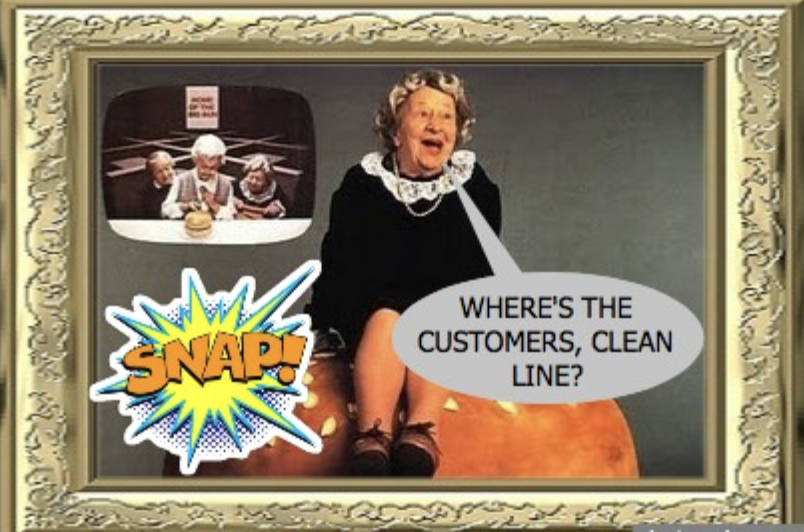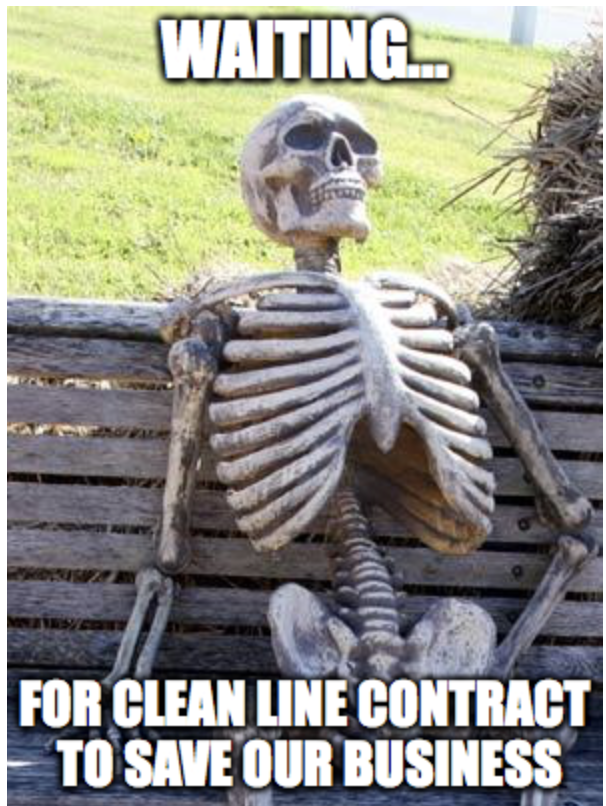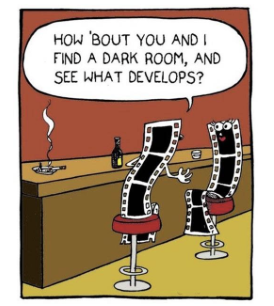Like many policies that were proposed by the Obama Administration, the DOE/Clean Line agreement is currently tied up in the courts. DOE is involved in a lawsuit, forcing the agency to address the lingering doubts regarding the legal justification for the department’s decision.
If these concerns are ignored and the project is allowed to move forward, not only are Arkansans facing the prospect of losing their property due to a decision by the federal government, but your department risks codifying into law the practice of federal eminent domain seizures. This dangerous precedent is antithetical to your distinguished record as a champion for states’ rights in the face of federal overreach.
Throughout your career you have been a champion of states’ rights. This Administration has promised to give a voice back to its citizens. This is a good way to show that commitment.
We will continue working to halt the project, not only because it violates property rights of Arkansans, but also because it violates the rights of all Americans to have their voices heard at the state and local level. We hope you can appreciate our concerns and work with us to fight against this lingering overreach of the Obama Administration.
And what did Clean Line have to say for itself? Prepare to be amused...
In a statement provided Monday to the media, Clean Line officials said the APPROVAL Act “creates more red tape and kills jobs by attempting to pull back approvals the project has already received.” The Clean Line statement also included a note of support from a large national union.
Clean Line Founder and President Michael Skelly said much consideration was given to the project before it was approved.
“We are very confident in the nearly decade long process undertaken by the U.S. Department of Energy in order to decide to participate in the project under Section 1222 of the 2005 Energy Policy Act. This law was passed with bipartisan support, including then-Congressman John Boozman’s, and signed by President George W. Bush,” Skelly said in the statement. “The Plains & Eastern Clean Line is a pro-jobs, pro-consumer, pro-environment public energy infrastructure project that will help to create a secure energy future for the country, and we are ready to get to work.”
Plains and Eastern state that they will assume all market risk associated with the development and construction of the Project and that there will be no captive customers.
You've been trying to convince everyone that your project is "pro-jobs, pro-consumer, pro-environment" for months now, but it's just not working.
How does one kill a job that doesn't exist?
“At the same time that our country is focused on creating opportunities for American workers, Arkansas Congressmen introduced a bill that will kill thousands of American jobs and, specifically, hundreds of Arkansas jobs,” said Lonnie Stephenson, International President of the International Brotherhood of Electrical Workers (IBEW). “Whether the infrastructure project be a pipeline or an electric transmission line, the IBEW strongly disapproves of politics getting in the way of American job creation.”
The claim that Clean Line is "pro-consumer" is empty. No consumers have supported the Clean Line projects. Clean Line claims that its projects will result in lower electric rates are pure fantasy. Clean Line doesn't exist, and neither do the "cheap, clean wind energy" generators it proposes will develop.
The pro-environment claim is also empty. How does one preserve the environment by unsustainably plowing through three states with a gigantic, scorched earth obstruction? And let's be real here... Clean Line has been marketing its project as an "arbitrage opportunity" to ship fossil fuel electricity between regions to take advantage of market price differentials. There's no such thing as a "clean" line. All electrons are the same color and transmission cannot discriminate between generation sources. The only ones fooled by Clean Line's environmental claims are the sadly blind environmental groups, who refuse to peel back the propaganda and actually examine the project.
And there's nothing "secure" about an unneeded electric transmission line hundreds of miles long. Clean Line does nothing to ensure grid reliability... if it did it would have been ordered by a regional transmission authority and the risk of building it would have passed to electric consumers. But it didn't. It's simply an extraneous bridge to nowhere designed for profit.
Now let's examine the REAL issue hiding behind Clean Line's carefully crafted smoke and mirrors...
The Plains and Eastern Clean Line has no customers! That's right, nobody has signed a contract to use (and pay for) the transmission line. Customers must voluntarily commit to purchase transmission capacity from Clean Line in order to create a future revenue stream. Without a revenue stream, Clean Line cannot finance its project. Without billions of dollars of financing, Clean Line cannot build its ginormous project.

So what really happened this week? Clean Line's risk just got real. In addition to having no customers, Clean Line now risks that its "approval" by former Energy Secretary Ernest Moniz will "be pulled" by new Energy Secretary Rick Perry. It also is at risk that the law will change to require Section 1222 projects to receive the approval of a state's governor and PSC chairman, and for a federal project to be sited on federal property as much as possible. How is Clean Line supposed to find willing customers with this much additional risk on its plate? Doubtful.
Where's the customers, Clean Line?



 RSS Feed
RSS Feed